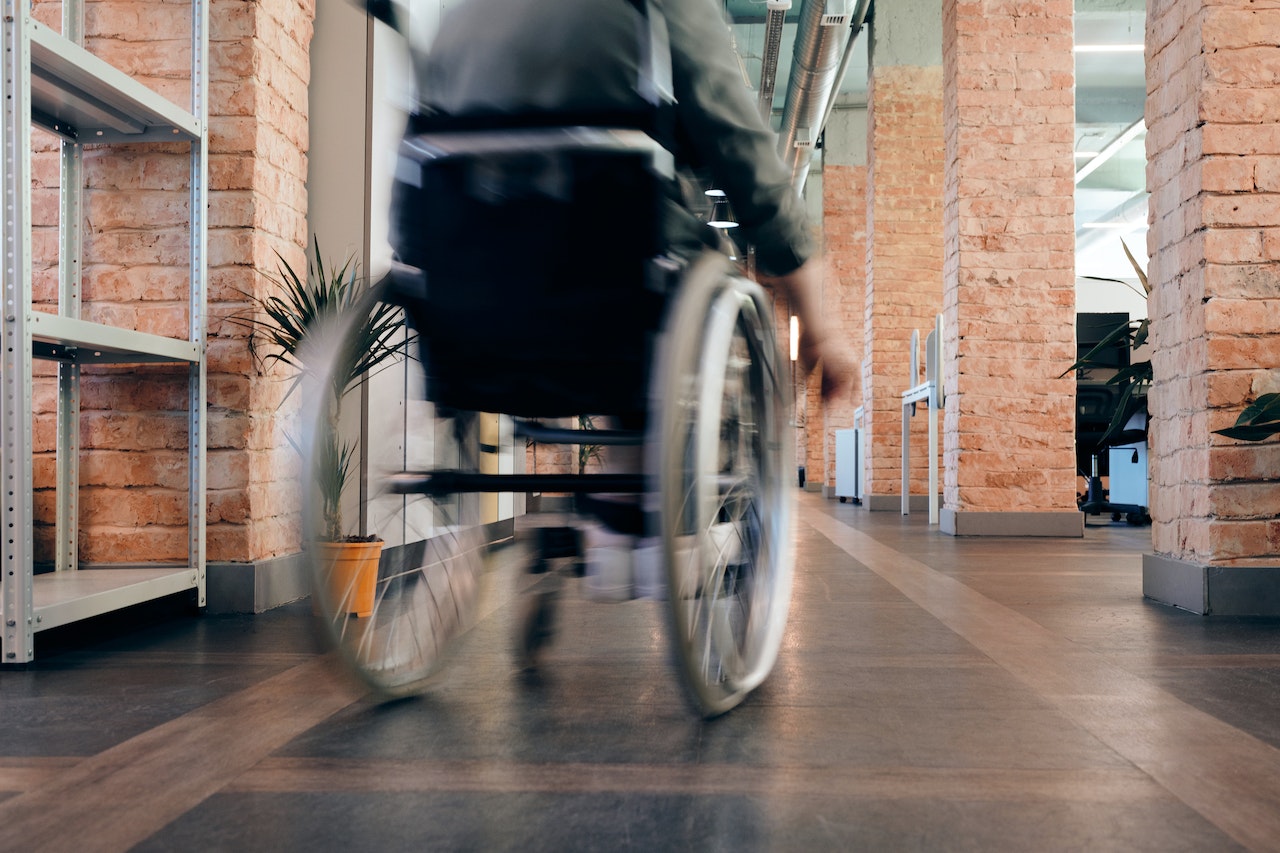Since a stroke can cause so many different complications, it’s essential to be aware of them all. Strokes are one of the leading causes of death and disability in the United States, so everyone must know how to spot the signs and get help as soon as possible.
1. Hemiplegia
A stroke can cause hemiplegia or paralysis of one side of the body. It is caused when a blood vessel in the brain becomes blocked or bursts. This prevents blood and oxygen from reaching the brain cells in that area, causing them to die.
The type of hemiplegia depends on which part of the brain is affected. If the stroke affects the motor cortex, the muscles on that side of the body will be weak or paralyzed. If it affects the basal ganglia, balance and coordination may be problems.
Furthermore, a stroke can also cause hemiplegia if it damages the corpus callosum, the bridge between the left and right sides of the brain. Hemiplegia can be temporary or permanent, depending on the damage to the brain. In some cases, rehabilitation and therapy can help to improve strength and function.
2. Aphasia
Aphasia is a language disorder that can occur after a stroke. It can affect a person’s ability to speak, understand, read, and write. Aphasia can be mild or severe, depending on the affected part of the brain. People with mild aphasia may have difficulty finding the right words to say.
Those with severe aphasia may be completely unable to speak or understand language. Aphasia can make it hard to communicate with friends and family, and it can be frustrating for the person with aphasia and their loved ones. Many different treatment options are available for aphasia, including speech therapy, occupational therapy, and medications.
Swallowing problems can also result from this condition. They can lead to choking, coughing, and aspirating food or liquids into the lungs. These problems can be serious and even life-threatening. Swallowing problems can be treated with speech therapy, occupational therapy, and diet changes. Some people may need a feeding tube or other types of special diet.
3. Dysarthria
Dysarthria is a speech disorder that can occur after a stroke. It is caused by damage to the muscles or nerves that control the tongue, lips, and jaw movement. This can make it hard to produce clear speech.
Dysarthria can be mild or severe, depending on how much muscle function is affected. People with mild dysarthria may have difficulty speaking clearly. Those with severe dysarthria may be unable to speak at all. Different treatment options for dysarthria are available, including speech therapy, occupational therapy, and medications.
4. Apraxia
Apraxia is a motor disorder that can occur after a stroke. It is caused by damage to the parts of the brain that control movement. This can make it hard to plan and execute movements. Apraxia can be mild or severe, depending on how much motor function is affected.
People with mild apraxia may have difficulty making precise movements. Those with severe apraxia may be unable to move at all. Many treatment options are available for apraxia, including physical therapy, occupational therapy, and medications.
5. Vision Problems
Strokes can cause vision problems because they can damage the parts of the brain that control vision. These problems can range from mild to severe, depending on the extent of the damage.
Some common vision problems after a stroke include blurry vision, double vision, and blind spots. In some cases, these problems can be temporary. In other cases, they may be permanent. Many treatment options are available for vision problems, including glasses, contact lenses, and surgery.
6. Foot Drop
Foot drop is caused by damage to the nerves that control the muscles in the foot and leg. This can make it hard to lift the foot and toes when walking. Foot drop can be mild or severe, depending on how much muscle function is affected.
Additonally, people with mild foot drop may have difficulty lifting their feet when walking. Those with severe foot drop may be unable to lift their foot. Many treatment options are available for foot drop, including physical therapy, occupational therapy, and surgery. A drop foot brace can also help support the foot and ankle.
Bottom Line
If you or someone you know has had a stroke, it’s important to be aware of the potential complications. These problems can range from mild to severe and can be temporary or permanent. With proper treatment and care, many people can recover from strokes and live healthy lives.


